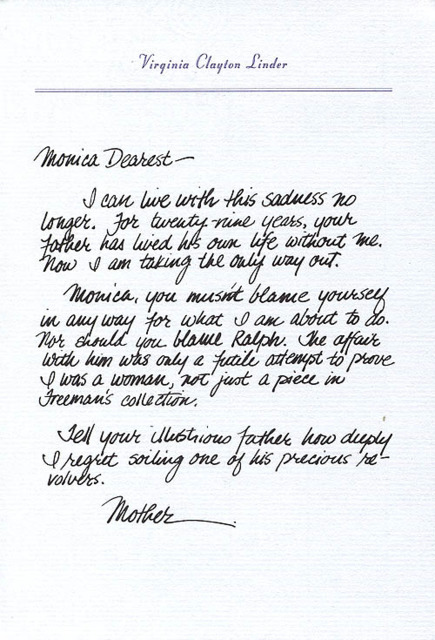Overview
The Witness was the seventh game released by interactive fiction pioneers Infocom.
Development/Reception
The game designer/programmer (or as Infocom called it, "implementor", or "imp") for Deadline was Stu Galley. Galley was a co-founder of the company, but prior to The Witness, was not involved in game programming. Among other duties, he served as company treasurer, and wrote the user manual for Zork. However, the Deadline project inspired Galley to write and program his own mystery game. Deadline's "imp" Marc Blank had already provided the game's central concept: Rather than being called in after the fact as in Deadline, the player would witness the crime themselves.
The project was originally titled "Invitation to Murder". As with Deadline, Infocom's advertising gurus at Giardini/Russell suggested the final title.
Set in the Los Angeles, California area in February of 1938 (a setting suggested by both Giardini/Russell and "imp" Michael Berlyn), The Witness is influenced by the works of Dashiell Hammett and Raymond Chandler. The game sets its scene via a great deal of period-appropriate slang, as well as the "feelies" (see below).
Just as Deadline had, The Witness won Electronic Games's "Arkie Award" for "Best Computer Adventure".
The Witness sold approximately 60,000 copies within its first two years of release.
Galley would later co-write Seastalker and Moonmist with Jim Lawrence.
Story/Gameplay
The player character is a detective who has been summoned to the Cabeza Plana, California office of Mr. Linder, a millionaire. ("Cabeza Plana" means "Flathead" in Spanish, a reference to Zork lore.) Linder fears that his life is in danger... and indeed, as he sits in his office with the player, he is murdered before the player's eyes. The player then must solve the murder.
The player collects evidence by finding clues and interrogating suspects. Sergeant Duffy (reappearing from Deadline, even though The Witness is set about 50 years earlier...) can be ordered to bring objects to the police lab for fingerprinting or analysis. The object will then be unavailable until Duffy returns with the lab results.
At any time, the player can order the arrest of a suspect or suspects, which will end the game. Additionally, the game's clock progresses as commands are entered. If 12 in-game hours have passed without an arrest, the game comes to a negative ending.
The Witness requires less evidence to be accumulated for a positive ending than Deadline does. It also features fewer locations and suspects. It has random events, but unlike Deadline, there are no timed events that require the player to be in an exact location at an exact time in order to witness them and proceed to the best possible ending. For all these reasons, it is generally a much shorter game to solve with a perfect score than Deadline was.
"Feelies"
As had become traditional for Infocom, The Witness's packaging contained collectibles (or, as they were referred to, "feelies") to help set the mood of the game. The Witness's "feelies" may have succeeded in this goal more than those for any other Infocom game, demonstrating exceptional research and design sense. Real 1930s newspapers and advertisements were incorporated into them. The "feelies" were:
- A telegram from Linder to the player, setting up the meeting that begins the game.
- Linder's wife's suicide note, addressed to their daughter. The note essentially blames Linder for the suicide.
- An issue of "National Detective Gazette" (9 pages, including cover), a fictional collection of information and stories for detectives.
- A matchbook from a Chinese restaurant, "The Brass Lantern". (The name is a reference to one of the objects that had come to symbolize Zork.)
- Two pages from the Santa Ana Register newspaper. Other than an article about Linder and his wife's obituary, all the other articles in the paper are from the real Santa Ana Register of the era. So while many players no doubt assumed that the articles (such as "Frozen Fruit Case Ends As Defendants Pay $300 Fines" and "Blue Parrakeet Owned By Silverado Country Resident Has Vocabulary of 50 Words") reflected Infocom's typically absurdist sense of humor, they were in fact written about half a century earlier.
 Telegram from Linder to the player Telegram from Linder to the player |  Linder's wife's suicide note Linder's wife's suicide note |
![]() "National Detective Gazette" magazine (cover) "National Detective Gazette" magazine (cover) | ![Matchbook from]() Matchbook from "The Brass Lantern" Chinese restaurant Matchbook from "The Brass Lantern" Chinese restaurant |
 Santa Ana Register newspaper (p. 1) Santa Ana Register newspaper (p. 1) |  Santa Ana Register newspaper (p. 2) Santa Ana Register newspaper (p. 2) |
Log in to comment